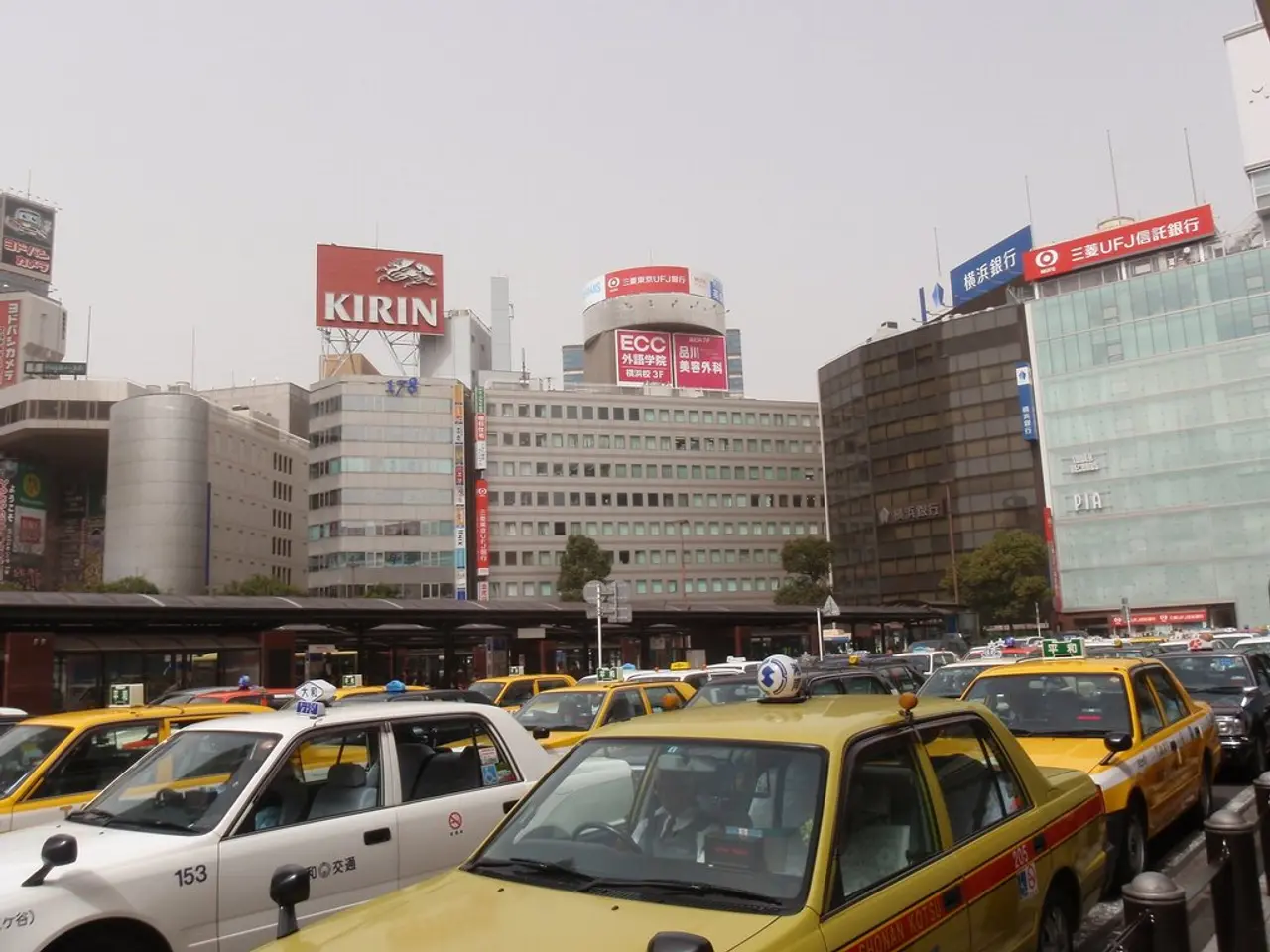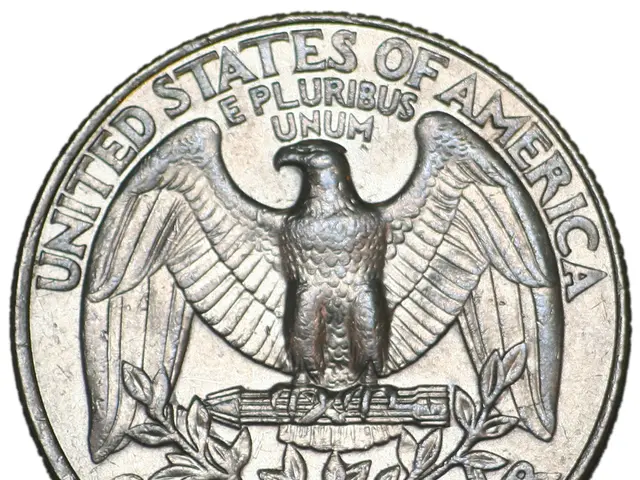High-speed rail in Canada is edging closer, though numerous obstacles persist
The Alto high-speed rail project, aiming to connect Quebec City and Toronto, has been announced with an estimated construction cost of between $80 and $120 billion. This ambitious project could usher in a new era of 21st-century sustainable transport infrastructure in Canada, but many obstacles must be overcome before it becomes a reality.
The federal government has recently committed $3.9 billion for the next design phase of the project, awarded to the Cadence consortium in a six-year contract. The consortium, comprising Air Canada, CDPQ Infra, AtkinsRéalis, Keolis, SYSTRA, and SNCF Voyageurs, will work with the government to bring the proposed high-speed rail line to fruition.
However, the political landscape is uncertain. The next Canadian federal election is expected to be held by October 2025, with the Liberal Party, currently led by Prime Minister Justin Trudeau, being the likely contender to continue governing, potentially in coalition or minority form. The cost factor is another major challenge, as Canadian governments have abandoned plans for high-speed rail projects once the price tag became clear.
The Conservative Party leader, Pierre Poilievre, currently leads the polls, and his party has expressed support for high-speed rail infrastructure but also called for a major scaling back of government spending. This political uncertainty could impact the project's future.
Inter-provincial and regional politics are identified as a central challenge for the high-speed rail initiative. The project could create friction with the Western provinces, the Prairies, the Maritime provinces, and the Northern territories, who may ask for what they might get in return. Accusations of funneling billions of taxpayer dollars into a project that only directly benefits two provinces could arise.
A cautionary example is California's high-speed rail line, which originally intended to link San Francisco and Los Angeles by 2020 at a cost of US$33 billion, but now exceeds US$128 billion, with no clear completion date in sight. Large-scale infrastructure projects are notoriously prone to delays and cost overruns, with a well-known saying in megaproject development being that they tend to be "over budget, over time, over and over again."
Despite these challenges, if done right, the Alto project could revolutionise transport in Canada, joining the ranks of nations with high-speed rail. The project marks a significant step toward Canada joining the G7 countries with high-speed rail. However, with elections looming and the cost factor being a major concern, the success of the Alto project remains to be seen.
At the end of this multi-year phase, there should be a plan in place, but there will still not be any actual material infrastructure built or rail equipment purchased. The current co-development phase of the project is expected to last up to five years. Only time will tell if the Alto project will become a reality and usher in a new era of sustainable transport in Canada.
Read also:
- Duty on cotton imported into India remains unchanged, as U.S. tariffs escalate to their most severe levels yet
- Steak 'n Shake CEO's supposed poor leadership criticism sparks retaliation from Cracker Barrel, accusing him of self-interest
- President von der Leyen's address at the Fourth Renewable Hydrogen Summit, delivered remotely
- Unveiling Innovation in Propulsion: A Deep Dive into the Advantages and Obstacles of Magnetic Engines







